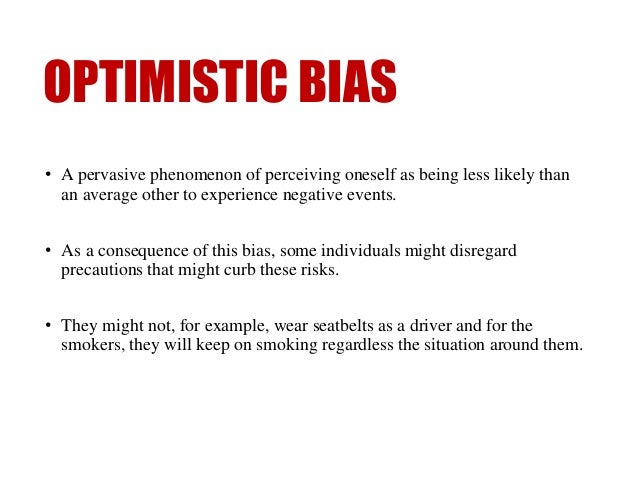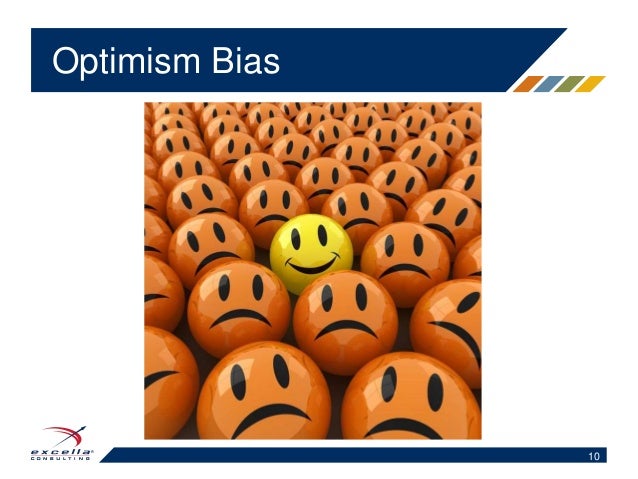

The simulation scenarios include univariate and multi-variant linear regression models, support vector regression models, and deep learning models. This section presents numerical results from simulation studies and a real-world data analysis to study the performance of Optimism Bias regularization in the context of different models. The existence theorem guarantees a global minimum for the regularized cost function. LASSO or variations of \(\) for \(p\ge 1\). The well-known approaches are LASSO and Ridge.

To avoid high variance in regression prediction, we generally modify the cost function of a regression model to penalize large model coefficients for lowering the variance at the cost of increased biased. Generally, when the model generates a high variance, we can assume a large information loss is happening. In most regression models, the estimation and inferences are closely tied with the prediction variance. Even if you observe an over or underprediction in the results, the learning model cannot address it systematically by model refinement and hyperparameter setting. On the other hand, underprediction or underestimation indicates that the predicted value is below the actual value. An overprediction or overestimation predicts that the estimated value is above the realized value. In many machine learning applications, underpredicting or overpredicting is not realized until the estimated period is over. So, besides minimizing the difference in the prediction loss, we should bring attention to another form of model complexity that results in over/under-estimation. The over/under-estimation may cause a significant interruption in future applications. Labor pain prediction is vital in obstetrics and helps caregivers properly manage the pain. In medicine, the statistical and machine learning models missed the pain level of about 50 percent of women during labor. In biology, scientists observed that machine learning models tend to overestimate the protein–protein association rates. The challenges with over/underestimation in prediction are not limited to business or industry. In another instance, India’s Central Statistics Organization (CSO) changes its method of computation of national income due to the overestimation in the growth rates. In finding the optimal price to maximize profit/revenue with statistical and machine learning models, when the size of available products increases, the predicted gross profit tends to overestimate. For example, as a social and business science, price science uses economics, statistics, econometrics, and mathematical models to study the problem of setting prices.

Over or under-estimation is a real challenge in many data science applications, from business to life science, to derive a reliable prediction generated by machine learning models. The regularization terms aim to control the prediction variability with a slight increase in bias. Model complexity in regression learning models is displayed in high prediction variability. Specifically, regression regularization is an established method of increasing prediction accuracy in many regression models. Model regularization is a simple yet efficient way to compute model parameters in the presence of constraints to control model complexity. In modern machine learning, regularization is a common practice to control the ability of a model to generalize to new settings by trading off the model’s complexity. The main focus of machine and statistical learning models is on developing reliable predictive models based on available data.


 0 kommentar(er)
0 kommentar(er)
